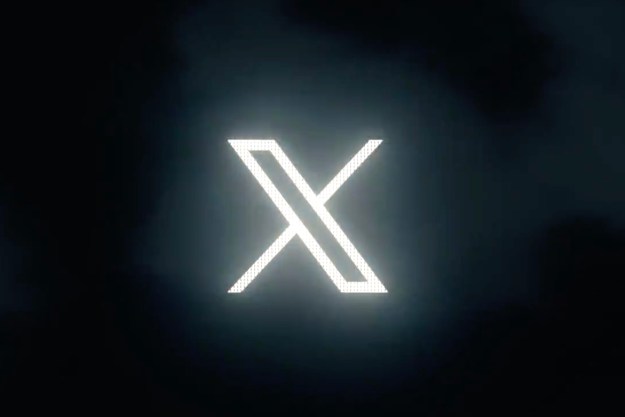
This move has an enormous impact on the number of Google+ accounts that will be created on a daily basis, even if the majority of those users wouldn’t have become active Google+ users over time. It’s also yet another move in a series of changes that’s evidence of Google moving away from actively promoting or even developing new features for Google+. Check out the timeline of events over the last nine months:
- December 2013: The date of the last post on the official Google+ Developers Blog. In addition, only one major new feature for Google+ has warranted a dedicated post on the Official Google Blog this year, Google+ Stories.
- April 2014: The head of the Google+ project, Vic Gundotra, departs Google without warning after eight years with the company. Multiple sources reported Google+ was becoming a platform, not a product. In addition, Techcrunch reported that the core team working on Google+ was being split up and relocated to other teams, mostly Android related.

- April 2014: Noticed by web developers first, Google started testing a transition away from the red “Login in with Google+” buttons to a blue “Sign in with Google” button.
- June 2014: Google was relatively silent about any Google+ developments or integration at the yearly Google I/O 2014 conference, despite having 80 sessions scheduled for attendees. Comparatively, Google had a two-day block marked off for Google+ over 15 sessions during the 2013 conference.
- June 2014: Google announces the removal of Google+ author photos and Google+ circle count from basic search results. Authorship markup was completed ignored two months later in favor of rich snippets.

- July 2014: Google Hangouts, arguably one of the best features of Google+, no longer requires a Google+ login to use.
- July 2014: Google removes the restriction of using a real name on the social network. While controversial when launched, using a real name on the service encouraged users to comment responsibly over the years. The removal of this feature has the potential to increase fake comments and trolling on posts.
- August 2014: Google Photos, another excellent Google+ feature, is being rolled into a standalone product that doesn’t require a Google+ login.
- August 2014: The YouTube development team launched a tool that allows users to export all Google+ videos to YouTube, potentially allowing users to transition away from Google+ and focus on YouTube.
- September 2014: Mandatory Gmail integration is removed from the email sign-up process.
If anything, Google is slowly removing Google+ mandatory usage from products as well as making the best features of Google+ accessible for users outside of the social network. Assuming Google is quietly sunsetting the social network, it’s likely that this transition will take many more months or possibly even years to complete. Google worked diligently over the last three years to integrate the Google+ platform into many popular Google products, thus removal of said platform will take time.
